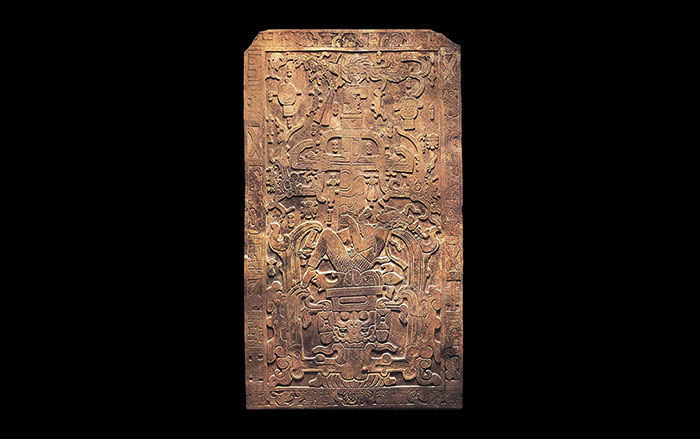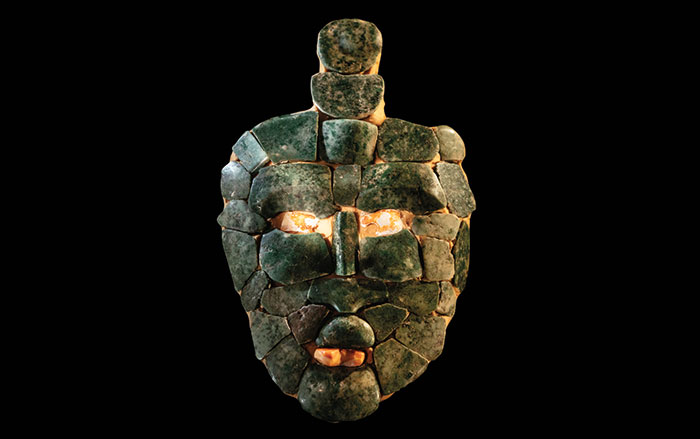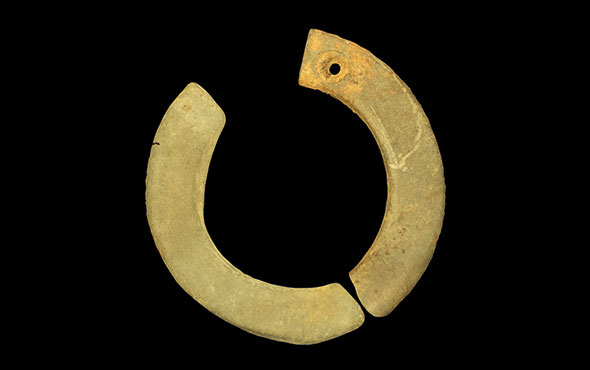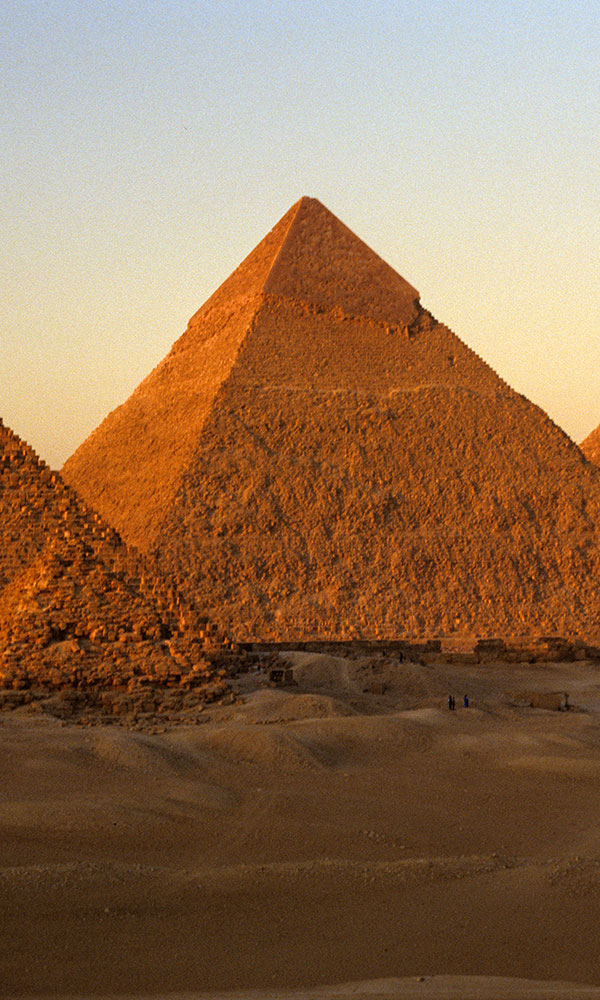BRISBANE, AUSTRALIA—A recent study of mercury pollution in the ancient Maya world conducted by Duncan Cook of Australian Catholic University and his colleagues detected contamination in at least one location at seven out of ten Maya cities, according to a Cosmos Magazine report. Most of the contamination has been dated to the Late Classic period, from about A.D. 600 to 900. All of these sites were abandoned by the tenth century, Cook explained. “Our review shows that numerous Maya sites have total mercury levels that, if found in a playground or a building site, would be cause for concern,” he said. The researchers do not yet know how the contamination occurred, although vessels containing pure liquid mercury have been recovered at several Maya sites. Mercury is also found in the red mineral cinnabar, which was often used as a pigment. “The brilliant red pigment of cinnabar was an invaluable and sacred substance, but unbeknownst to them it was also deadly and its legacy persists in soils and sediments around ancient Maya sites,” added team member Nicholas Dunning of the University of Cincinnati. Further study could connect high mercury levels in the soil to the presence of mercury in human remains at those sites, Cook concluded. Read the original scholarly article about this research in Frontiers in Environmental Science. To read about liquid mercury found beneath Teotihuacan's Feathered Serpent Pyramid, go to "Mythological Mercury Pool," one of ARCHAEOLOGY's Top 10 Discoveries of 2015.
Mercury Levels Measured at Ancient Maya Sites
News September 28, 2022
SHARE:
Recommended Articles
Artifacts July/August 2025
Maya Ceramic Figurine

Courtesy Ken Seligson

HIP/Art Resource, NY

Photos by Rubén Salgado Escudero
Features January/February 2025
Dancing Days of the Maya
In the mountains of Guatemala, murals depict elaborate performances combining Catholic and Indigenous traditions
Photograph by R. Słaboński
-
Features July/August 2022
The Philistine Age
Archaeologists are reconsidering the origins and history of a much-maligned ancient people
 (Glasshouse Images/Alamy Stock Photo)
(Glasshouse Images/Alamy Stock Photo) -
Letter from Georgia July/August 2022
Soaring With Stone Eagles
A complex of Native American rock mounds bears witness to the endurance of ancient traditions

-
Artifacts July/August 2022
Nordic Ring Fragments
 (Courtesy Marja Ahola)
(Courtesy Marja Ahola) -
Digs & Discoveries July/August 2022
Save the Dates
 (Bridgeman Images)
(Bridgeman Images)



